
Cyber Monday Kickoff: Exclusive Offers from November 24 at US.Infomir.Store
Cyber Monday starts early at US.Infomir.Store! Beginning November 24, discover record-breaking discounts on MAG STBs and MAG media players.
Shipped from our U.S. warehouse. Price includes all duties and tariffs — no extra customs fees for U.S. customers | EU store

Cyber Monday starts early at US.Infomir.Store! Beginning November 24, discover record-breaking discounts on MAG STBs and MAG media players.

The wait is over — Black Friday has officially begun at Infomir.store! Get the biggest savings of the year on all MAG devices — it’s the perfect moment to upgrade your TV experience or surprise someone with the ultimate home entertainment gift.
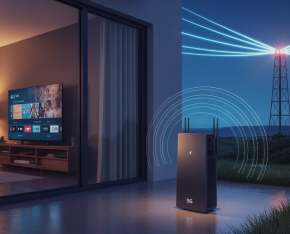
As 5G Fixed Wireless Access (FWA) becomes increasingly mainstream, it is reshaping the way households access high-speed internet and stream high-resolution IPTV. For customers who lack fiber-optic options or prefer wireless convenience, 5G FWA offers a robust pathway to enjoy ultra-HD content. Yet achieving uninterrupted 4K playback requires more than simply installing a 5G modem. The choice of router, the quality of external antennas, and the precision of your network configuration all combine to determine whether your IPTV experience will be seamless or compromised.
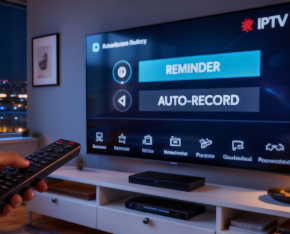
If you have a busy schedule, kids, work, and other responsibilities, it's easy to miss a favorite show or the latest episode of a series. IPTV platforms offer a simple solution — using built-in features like reminders for live TV and series and automatic TV show recording. The main thing is to learn how to set it up once. No need for phone alarms or manual calendar entries — the set-top box will handle it all.
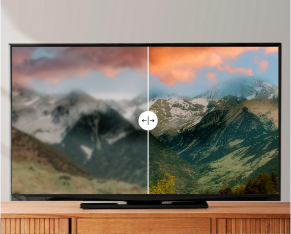
Sooner or later, every IPTV user runs into the same issue: the image on screen doesn’t look right. It might turn blurry, pixelate, or freeze right in the middle of a movie. The first instinct is to blame the TV or set-top box — but in most cases, you don’t need to buy new equipment. With a few smart tweaks, you can noticeably enhance your IPTV viewing experience and enjoy better image quality on IPTV channels. Here are five effective strategies.
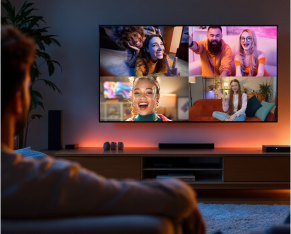
The shift to on-demand streaming has given viewers unparalleled flexibility but has also eroded the sense of togetherness that once defined television watching. Families and friends now live in different cities, often discussing their favorite shows after the fact rather than experiencing them together. IPTV set-top boxes and media players with Watch Party functionality are reversing this trend. By combining synchronized playback, built-in chat, and live reactions, these devices transform a solitary activity into an interactive, collective event—directly from the comfort of your living room.

In recent years, IPTV set-top boxes and streaming players have become central elements of modern home entertainment systems.

In today’s connected world, IPTV has become a central element of home entertainment. Customers expect seamless access to live television, movies, and sports events without interruptions or buffering.

For many consumers, IPTV is synonymous with online streaming. Yet today’s IPTV boxes and media players are far more versatile than just gateways to the internet. Modern devices can operate as standalone multimedia hubs, giving users access to rich entertainment without relying on a broadband connection. By combining offline playback, DLNA/UPnP networking, and thoughtfully curated local libraries, IPTV devices deliver a seamless and high-quality experience that rivals traditional streaming services.
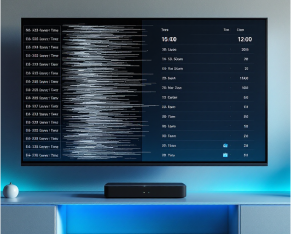
For many IPTV enthusiasts, few things are more frustrating than opening the electronic program guide (EPG) and finding that showtimes do not align with actual broadcasts. Instead of enjoying seamless access to live TV, viewers often encounter schedules that are shifted by an hour or more. This issue is especially relevant to customers purchasing IPTV set-top boxes and media players online, where devices are designed for a global market and must handle multiple time zones and daylight saving time (DST) changes.
You have successfully signed up for our newsletter!